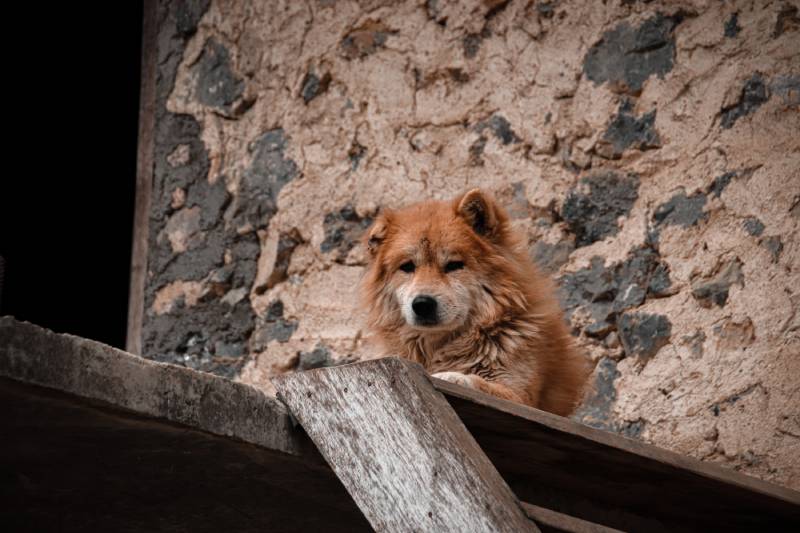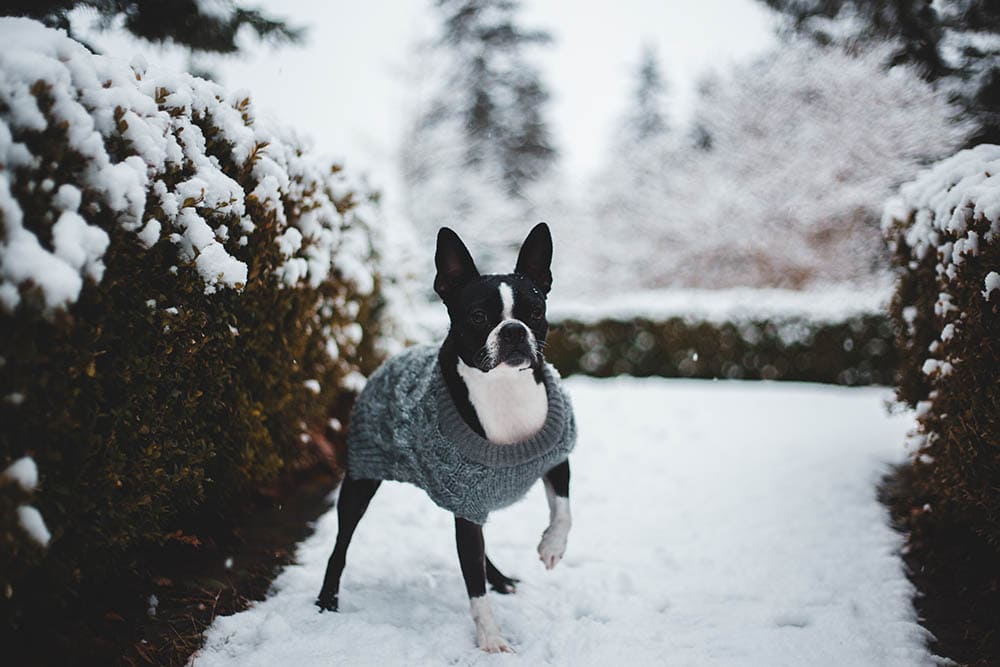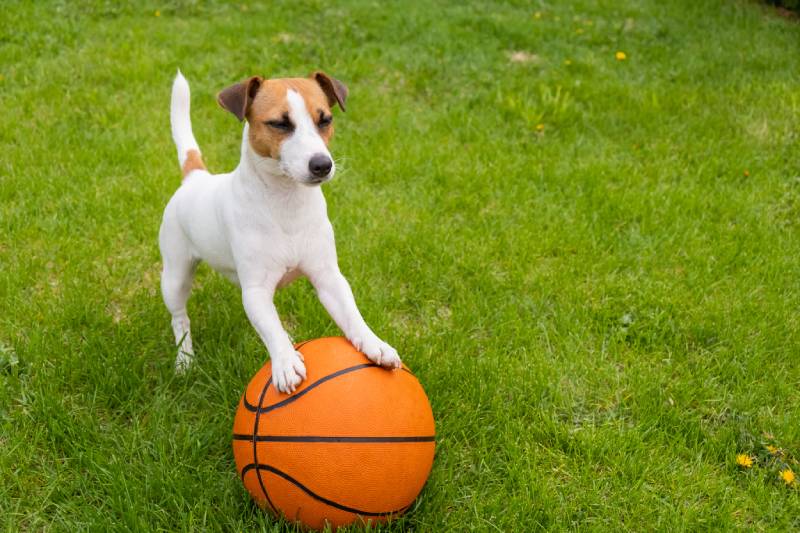What Is a Hmong Bobtail Dog? History & FAQs
By Brooke Bundy
Updated on

Little of the western world has ever seen or heard about the Hmong Bobtail dog. Yet they’ve been quietly traipsing the jungles of northern Vietnam since ancient times, hunting and guarding with the humans who have lovingly raised them. The Hmong Bobtail dog is considered one of four native breeds. However, they’re not included in foreign kennel clubs such as the AKC, and the Vietnamese people have mostly kept this special breed within their borders. Although we don’t know much about them, we do have a little bit of information about their backstory and appearance—in case you’re ever lucky enough to meet one.
 The Earliest Records of the Hmong Bobtail Dog in History
The Earliest Records of the Hmong Bobtail Dog in History
While they are domesticated now, Hmong Bobtails descended from jungle wolves in China and Vietnam. Hints of their old nature remain in their sleek, muscular bodies, and their love to hunt and guard. They may not be as tame as the Pomeranian resting in your parlor, who also descended from wild dogs, but have enjoyed their status as a companion animal for the past several hundred years.
How the Hmong Bobtail Dog Gained Popularity
The Hmong Bobtail dog is named after the Hmong people, who have been cultivating the breed for hundreds of years. While they live in Vietnam today, the Hmong people actually immigrated from China during the 1800s following several uprisings which made their quiet rural life no longer safe in their native country.
Thus, although the Hmong Bobtail dog is formally recognized as a Vietnamese breed, their ancestors and their people actually lived in China not too long ago. However, the Hmong people are culturally distinct from modern China. Following Communist takeover in the 1970s, they were forced to flee again—this time to America. Maybe it’s partially because of the war that we now have knowledge of their treasured ancient dog.
Formal Recognition of the Hmong Bobtail Dog
The Vietnamese Kennel Association (VKA) proudly claims the Hmong Bobtail Dog as one of four native breeds. As of 2023, international kennel clubs haven’t yet formally recognized this ancient breed. However, the Hmong Bobtail has only recently been shown outside of Vietnam, so they may be admitted into different clubs as their popularity grows.
 Top 3 Unique Facts About the Hmong Bobtail Dog
Top 3 Unique Facts About the Hmong Bobtail Dog
1. The Hmong Bobtail dog is one of the only breeds in the world with a naturally docked tail
Most dogs with stubby tails weren’t born that way. Instead, their tail was cut a short time after birth. Although this practice is common, it’s mostly a cosmetic procedure that’s highly controversial. Some countries have now banned tail-docking altogether, including Australia, Israel, and most of Europe.
2. Their wild nature equips them for hunting in jungles and loyally protecting family farms.
The Hmong Bobtail’s personality was especially appealing to the Hmong people, who lived in agricultural mountain communities where everyone hunted and grew their own food. These dogs proved their value on the hearth and in the field.
3. They’re a rare breed.
For hundreds of years, no one outside of Asia knew about the Hmong Bobtail. As word spreads about this unique breed, more people are seeking to make a profit. However, as of yet, it’s rare to find a Hmong Bobtail dog for sale, and even less likely to find one of these special dogs in a shelter.
 Does the Hmong Bobtail Dog Make a Good Pet?
Does the Hmong Bobtail Dog Make a Good Pet?
If you are lucky enough to find one, you should carefully consider what to expect before bringing them home. The Hmong Bobtail usually has a solid-colored short coat in white, brown, or black. They’re around the same size as an American Staffordshire Terrier when they’re fully grown, weighing between 35–60 pounds and standing between 18–21 inches tall. Their bodies aren’t as stocky as the muscular American bully, but they’re still strong medium-sized dogs who can look quite intimidating.
Although they form a fiercely close bond with their owners, they may not take kindly to strangers on your property given their intense guarding instinct. They also probably aren’t a good fit for feline-friendly homes since this dog came from the jungles ready to hunt. Otherwise, the Hmong Bobtail will make an excellent pet, especially if you own land where they can explore.
 Conclusion
Conclusion
The Hmong Bobtail stands alone with its unique history and naturally docked tail, enduring as a lasting tribute to the Hmong people who raised them. You probably won’t spot this special dog on your daily excursions to the park. However, as news about the “jungle wolf” travels, breeders are gathering interest, and there’s a higher chance we’ll see more of these unique dogs in the years to come.
If you do have a chance to adopt one, carefully consider whether your home is the right fit. Although they’re domesticated, they won’t adapt well to a sedentary or urban lifestyle. Since they have a high prey drive, they’re also not an appropriate choice if you have small animals such as rabbits or cats. However, a quiet home nestled on the edge of the woods, fenced in a pastoral area, or settled on open plains provides the perfect environment where they can run free, fulfill their role as man’s best friend, and defend the household as a hunter and guardian.
- See also: How Much Does a Hmong Dog Cost?
Featured Image Credit: Supermop, Shutterstock
 The Earliest Records of the Hmong Bobtail Dog in History
The Earliest Records of the Hmong Bobtail Dog in History Top 3 Unique Facts About the Hmong Bobtail Dog
Top 3 Unique Facts About the Hmong Bobtail Dog









